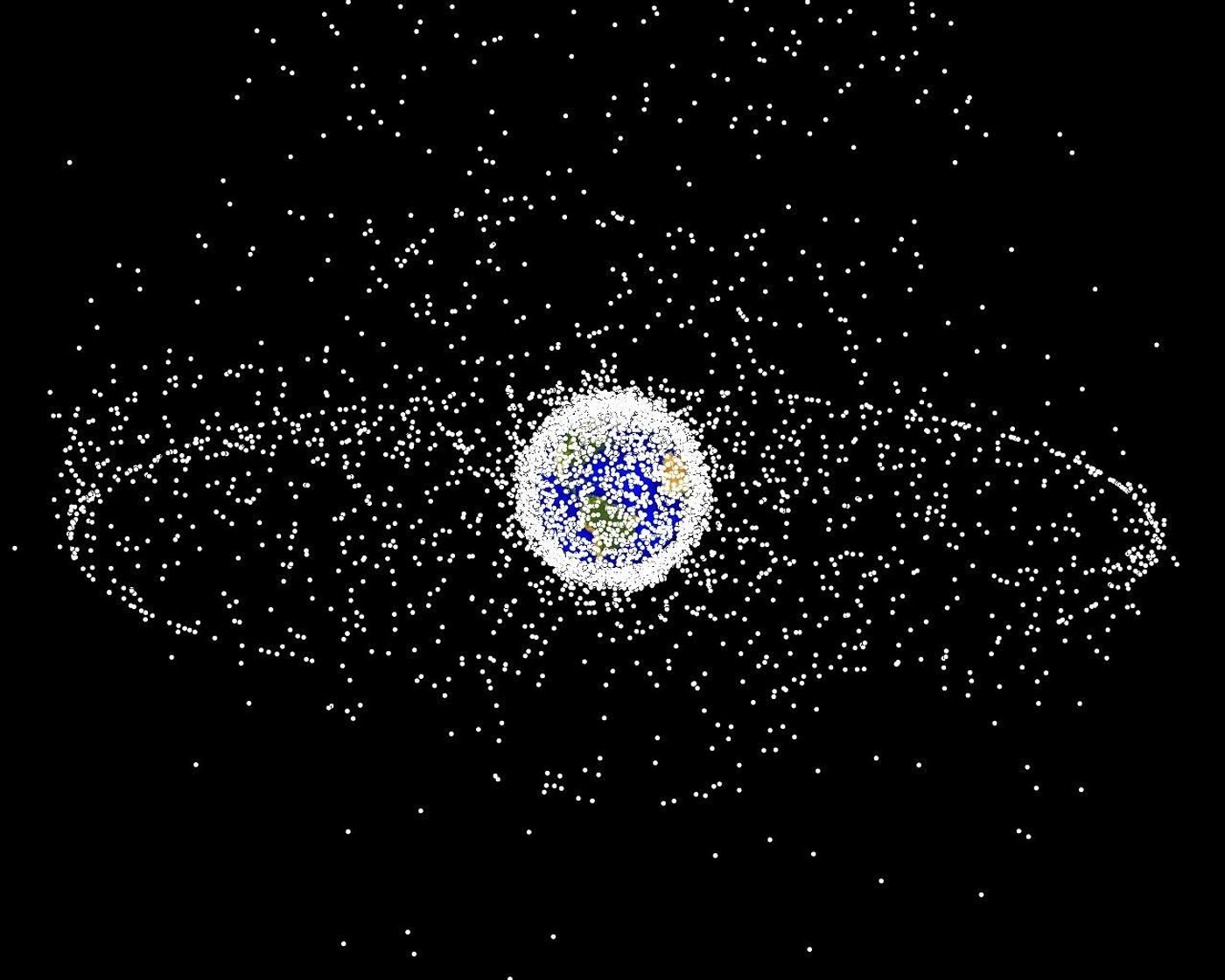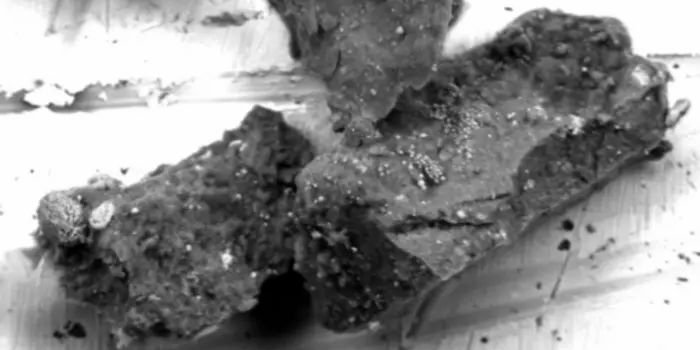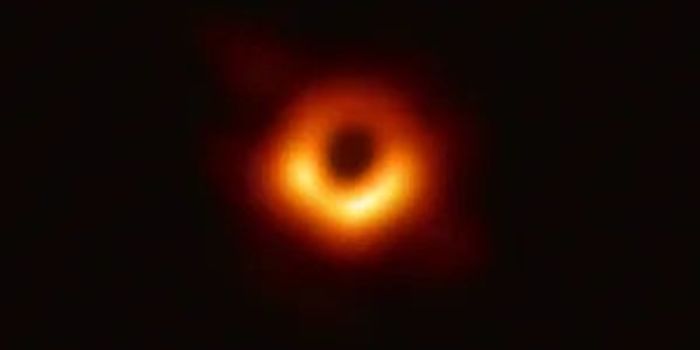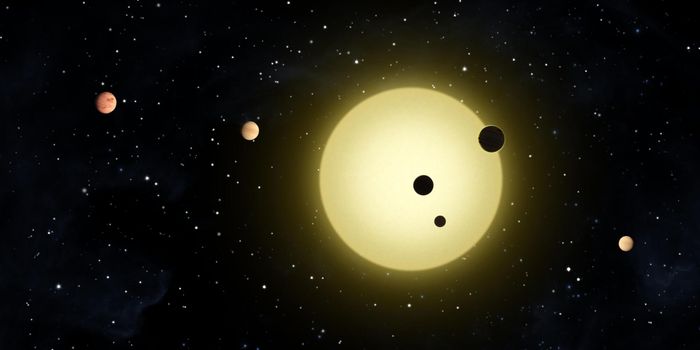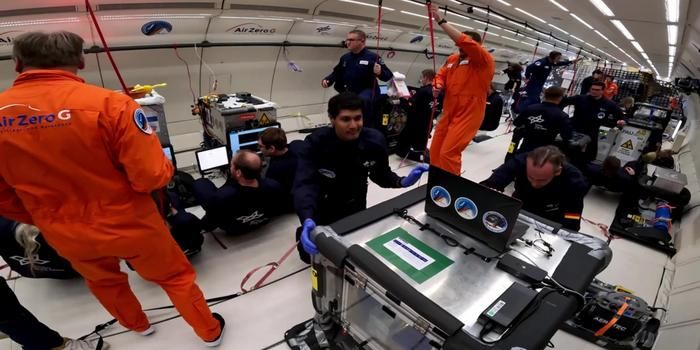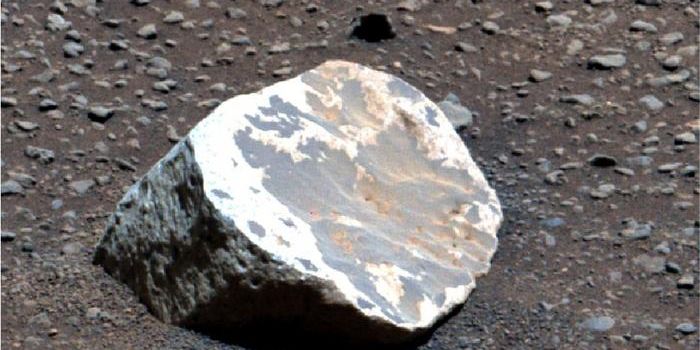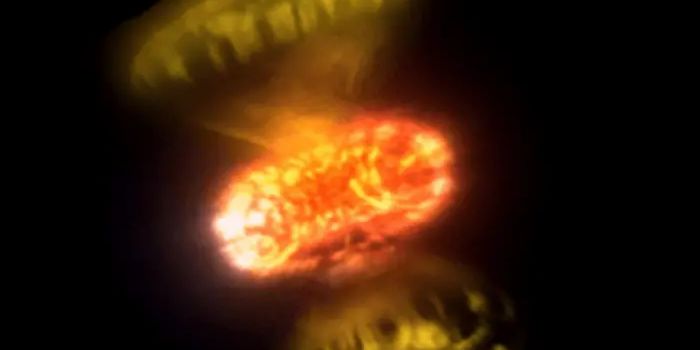Clearing Space Junk With... Magnets?
Space junk is a growing problem. The orbital altitudes of Earth are getting so cluttered as we send more stuff into space that we may not be able to sustain space launches unless we find a way to de-clutter our surroundings.
Image Credit: WikiImages/Pixabay
There have been a host of ideas thrown around in the space community about what we can do to mitigate the space junk problem by rounding all the junk up and then attempting to de-orbit it all, such as:
- Using large nets to capture space junk
- Grabbing onto passerby space junk with robotic arms
- Using harpoons to jab and lasso space junk
While none of these ideas have come to fruition just yet, it’s mostly because the implementation of these kinds of space junk removal tactics takes a lot of time and patience, especially considering the fact that nets are limited in size, while arms and harpoons are much slower and less effective.
Related: Japan's attempt to clean up space junk proves unsuccessful
To circumvent this problem, The European Spsace Agency is weighing in heavily on the idea of using magnetic space tugs. Not only can we use the power of magnets again and again, but their effectiveness would be both swift and efficient.
Image Credit: Philippe Ogaki via ESA
The magnetic field would need to be strong enough to work like a tractor beam in many of your favorite Sci-Fi movies, but if it could be accomplished, we may be able to safely de-orbit space junk without it ever having to make physical contact with our clean-up spacecraft.
The idea takes advantage of a special device onboard most satellites called a magnetorquer, which is a strong electromagnet that uses the Earth’s magnetic field to help it stay aligned with the planet properly. Since the external materials of most space junk is non-magnetic, the magnetorquer could serve as a viable magnetic target for such a magnetic tug concept.
All the magnetic force would have to do is shift the direction of the space junk ever-so-slightly, or slow it down in its orbital path, and it could end up hurdling back towards the Earth and burning up in the atmosphere.
Many of these space junk objects are dead satellites weighing several tons, so the magnets would need to be powerful. On the other hand, even cleaning up the smaller stuff scattered around from collisions and smaller launches would help.
Related: Video shows Chinese space junk entering the Earth's atmosphere
According to researchers that have been testing the feasibility of such an idea, it just might work, and could be effective on influencing space junk anywhere from 10-15 meters away from the magnetic tug spacecraft.
It should be interesting to see if we can use magnets to solve the space junk problem once and for all, as it would be the only saving grace we have if we’re ever to move forward with long-term space transportation; especially the sort that goes to other planets like Mars.
Source: ESA
